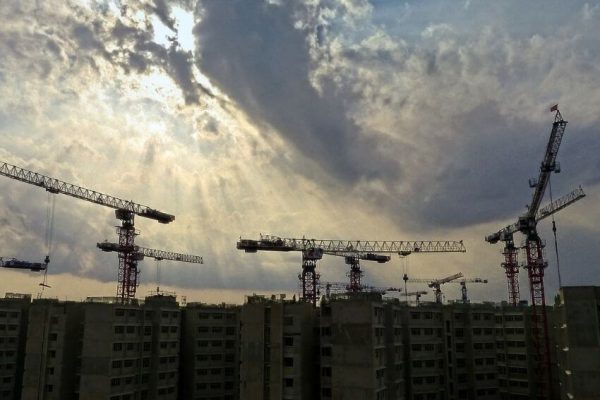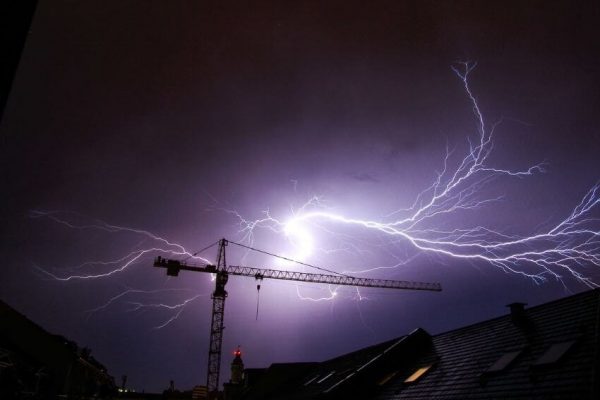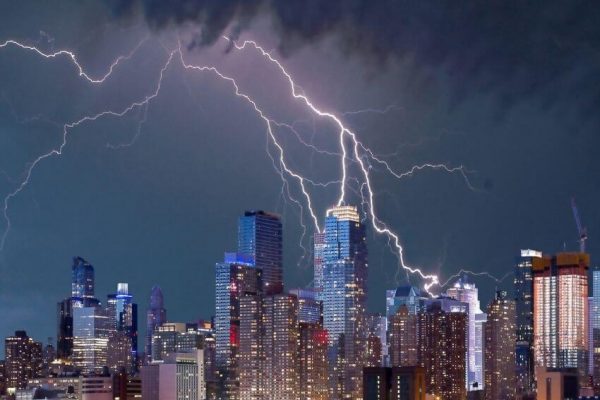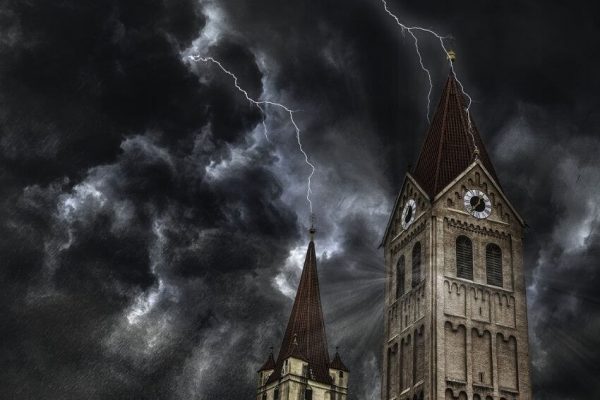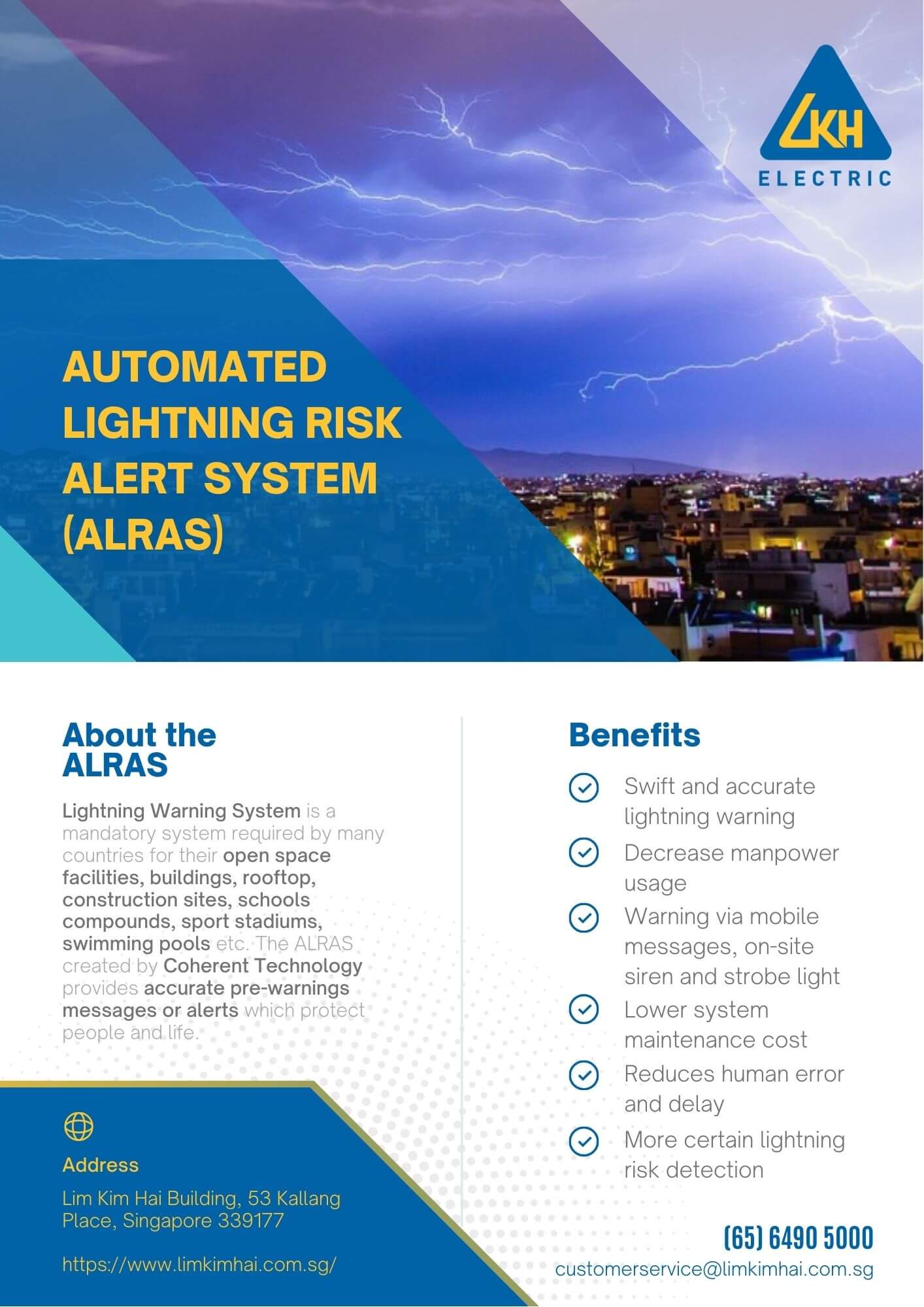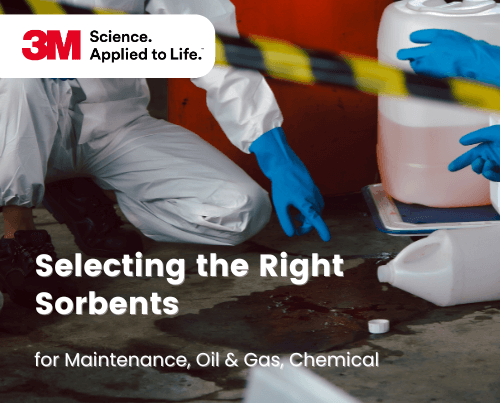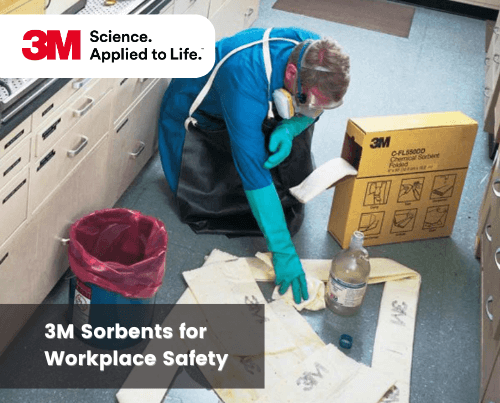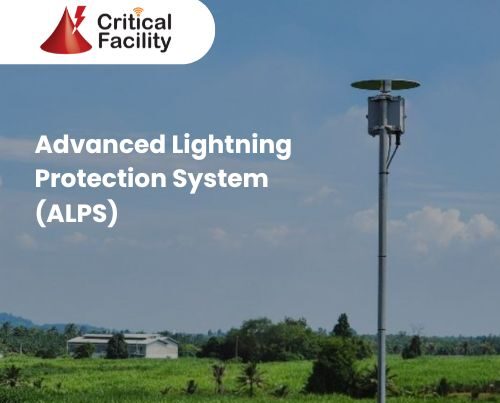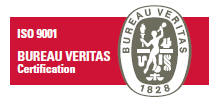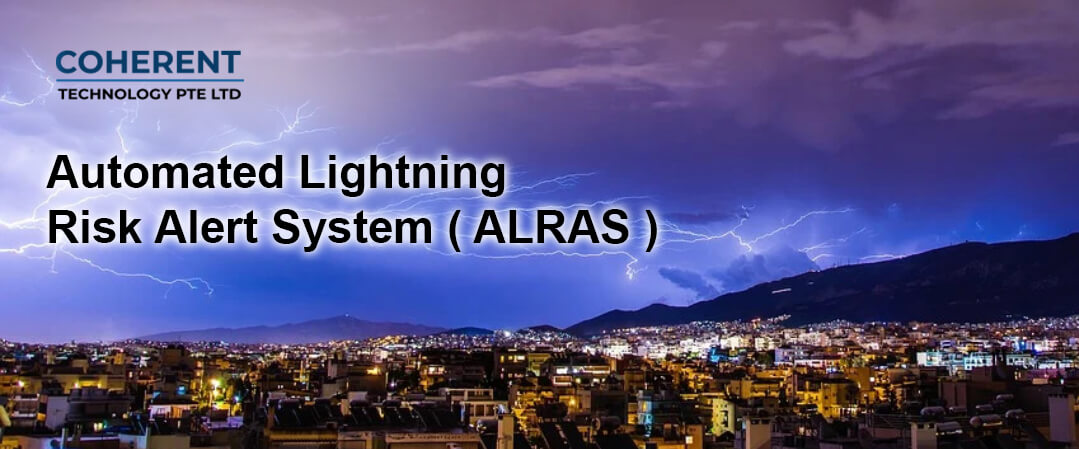
ALRAS – Lightning Warning System Provides Instant Lightning Warning At Low System Maintenance Cost
Lightning Warning System is a mandatory system require by many countries for their open space facilities, buildings, rooftop, construction sites, schools compounds, sport stadiums, swimming pools etc. It provides a pre-warnings messages or alerts which protect people and life. The lightning warning system should provides an accurate pre-warn message.
Benefits of Automated Lightning Risk Alert System (ALRAS)
- reliable lightning warning system that allows users to enjoy swift and accurate lightning warning
- decreasing manpower, as it is an automated system
- giving instant lightning warning via mobile messages, on-site siren and strobe light
- lower cost in system maintenance as compared to standalone localized probe system.
- since it is automated, it reduces human error and delay in lightning warning alert.
- designed based on measurement of electromagnetic field strength and distance of the discharge to determine lightning risk, with proper selection of radius and event occurrence to determine lightning risk, thus representing a more certain lightning risk detection.
This Automated Lightning Risk Alert System have been installed in more than 500 location sites covering Singapore and overseas markets. It is designed based on NEA Singapore (Lightning Warning System) or other lightning mapping service provider.
Advantages of using ALRAS Lightning Warning System
Following which summaries the advantages against the typical Localize Probe System (Lightning Warning System) when using the ALRAS Lightning Warning System.

Localized Probe System
|
NEA Data base system
|
|
Capabilities |
Class A (phase 1-4) Detector is base on measuring Electro Static-Field (E-Field) which can monitor the lightning from its formation until its dissipation |
Class B (phase 2-4) is based on detecting Electro-Magnetic (EM) waves. Which is generated by lightning strikes, which is suitable to monitor nearby or approaching lightning. |
Purchase Cost |
High |
Low |
Number of Detection Probe |
1 sensor ( No back up when sensor fail) |
4 sensor ( if 1 of the sensor fail, still have 3 as back up) |
System |
Require 1 stand alone PC console |
Back end system maintenance by services provider Don’t need computer |
System setting |
Unable to set the siren sound duration Inflexible. fix radius setting at 8, 16 or 32 km |
– Able to set operation time (eg disable on time, day)– Able to set siren sound duration– Capable to set C2G , C2C and Thunderstorm Forecast from (min) 1km to 16km ( max) |
Interface with others system |
Basic |
Capable to interface with others system eg. BMS, PA system ..etc And provide a solution |
Country of Original for product or services |
Import |
Local |
Part replacement(Lead time, Cost, Availability) |
Longer lead time, High cost, May face part that obsolete |
Shorter lead time, Low cost, No issue of get replacement part |
Maintenance on the Sensor |
By Customer (with additional maintenance cost) and lead time for sending back to the principal ( oversea) for calibration |
By NEA |
Technical Support |
– Re-seller usually don’t have technical support after sales services
– Principle are station oversea, Usually re seller are not technical trained |
– Local technical support team after sales services– Services company (original marker) with more than 15 years of track record for lightning warning system |
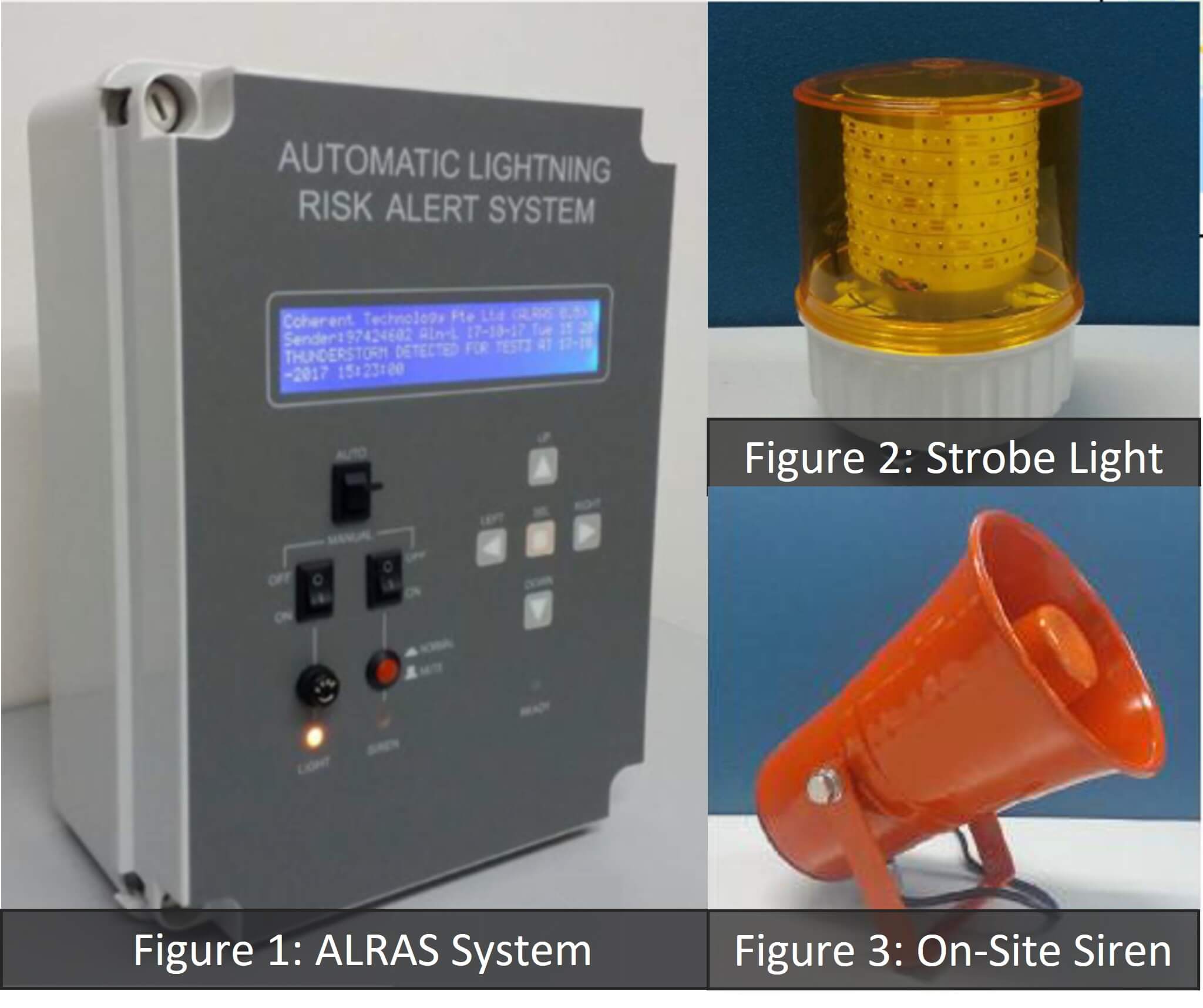
Figure 1, 2 and 3 show the ALRAS system, strobe light and on-site siren respectively

